The example in rsf/tutorials/survey reproduces the tutorial from Evan Bianco on designing 3D seismic surveys. For more explanation, see Evian’s blog post Laying out a seismic survey.

Madagascar users are encouraged to try improving the results.
April 23, 2015 Examples No comments
The example in rsf/tutorials/survey reproduces the tutorial from Evan Bianco on designing 3D seismic surveys. For more explanation, see Evian’s blog post Laying out a seismic survey.

Madagascar users are encouraged to try improving the results.
April 21, 2015 Links No comments
 An article A Perfect Storm: The Record of a Revolution by Eric-Jan Wagenmakers, a mathematical psychologist from the Unversity of Amsterdam, describes a reproducibility revolution, which is taking place in psychology:
An article A Perfect Storm: The Record of a Revolution by Eric-Jan Wagenmakers, a mathematical psychologist from the Unversity of Amsterdam, describes a reproducibility revolution, which is taking place in psychology:
The dynamics of political revolutions are in some ways similar to the academic revolution that has recently gripped the field of psychology. Over the last two decades, increasing levels of competition for scarce research funding have created a working environment that rewards productivity over reproducibility; this perverse incentive structure has caused some of the findings in the psychological literature to be spectacular and counter-intuitive, but likely false […] The general dissatisfaction with the state of the field was expressed in print only occasionally, until in 2011 two major events ignited the scientific revolution that is still in full force today.
The article was published this month by the Inquisitive Mind (In-Mind) magazine.
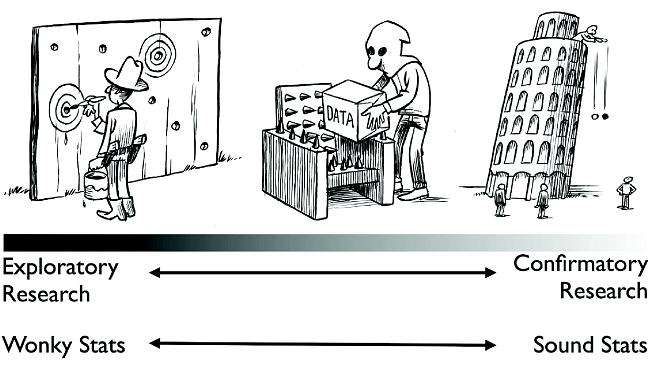
Eric-Jan concludes:
Although some researchers are less enthusiastic about the “replicability movement” than others, it is my prediction that the movement will grow until its impact is felt in other empirical disciplines including the neurosciences, biology, economy, and medicine. The problems that confront psychology are in no way unique, and this affords an opportunity to lead the way and create dependable guidelines on how to do research well. Such guidelines have tremendous value, both to individual scientists and to society as a whole.
April 21, 2015 Programs No comments
sfslant is a T-X implementation of slant stack, also known as Radon transform or tau-p transform.
The two middle panels in the example below from cwp/geo2006TimeShiftImagingCondition/zicig show a time-shift common-image gather and its transformation by slant stack.
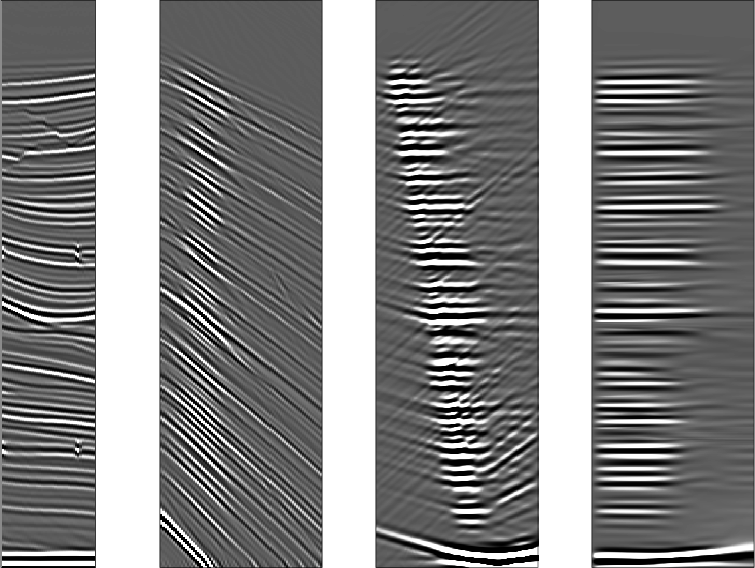
sfslant is a linear operator and has an adjoint flag adj=: When adj=n, the transformation is from tau-p to t-x. When adj=y, the transformation is from t-x to tau-p. The sampling on the transformed coordinate is controlled in the two cases by nx=, dx=, x0= or, respectively np=, dp=, p0=. Antialiasing is enabled by default with anti=1 parameter. The central slope for antialiasing is given by p1=. A space integration is sfslant generally requires a corrective “rho filter” (half-order differentiation). It is enabled by rho= parameter.
For an F-X implementation of the Radon transform, see sfradon.
April 17, 2015 Documentation 2 comments
A new paper is added to the collection of reproducible documents:
Seislet-based morphological component analysis using scale-dependent exponential shrinkage
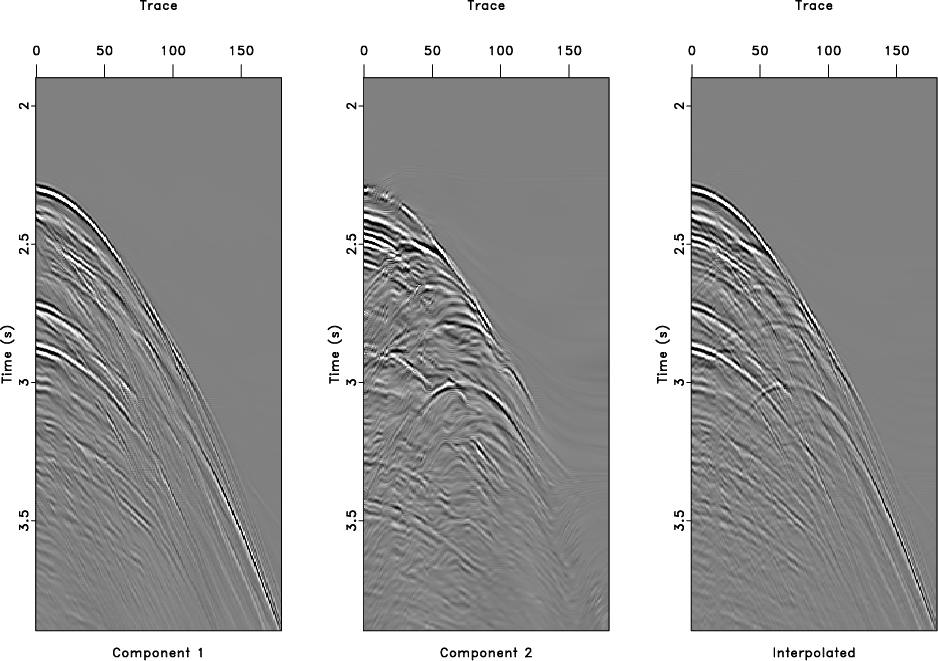
Morphological component analysis (MCA) is a powerful tool used in image processing to separate different geometrical components (cartoons and textures, curves and points etc). MCA is based on the observation that many complex signals may not be sparsely represented using only one dictionary/transform, however can have sparse representation by combining several over-complete dictionaries/transforms. In this paper we propose seislet-based MCA for seismic data processing. MCA algorithm is reformulated in the shaping-regularization framework. Successful seislet-based MCA depends on reliable slope estimation of seismic events, which is done by plane-wave destruction (PWD) filters. An exponential shrinkage operator unifies many existing thresholding operators and is adopted in scale-dependent shaping regularization to promote sparsity. Numerical examples demonstrate a superior performance of the proposed exponential shrinkage operator and the potential of seislet-based MCA in application to trace interpolation and multiple removal.
April 16, 2015 Examples No comments
The example in rsf/tutorials/images reproduces the tutorial from Matt Hall on playing with image resolution. For more explanation, see Matt’s blog post R is for Resolution.



Madagascar users are encouraged to try improving the results.
April 13, 2015 Celebration No comments
The 1.7 stable release features 21 new reproducible papers and multiple other enhancements including improved tools for parallel computing developed at the Second Working Workshop.
According to the SourceForge statistics, the previous 1.5 stable distribution has been downloaded more than 4,000 times. The top country (with 24% of all downloads) was USA, followed by China, Colombia, Germany, and Brazil. According to Openhub.net (last updated in January 2015), the year of 2014 was a period of a high development activity, with 33 contributors making 1,876 commits to the repository (up 16% from the previous year). Openhub.net says that Madagascar “has a well established, mature codebase maintained by a very large development team with stable year-over-year commits” and estimated 239 man-years of effort (an estimated development cost of $13 million). 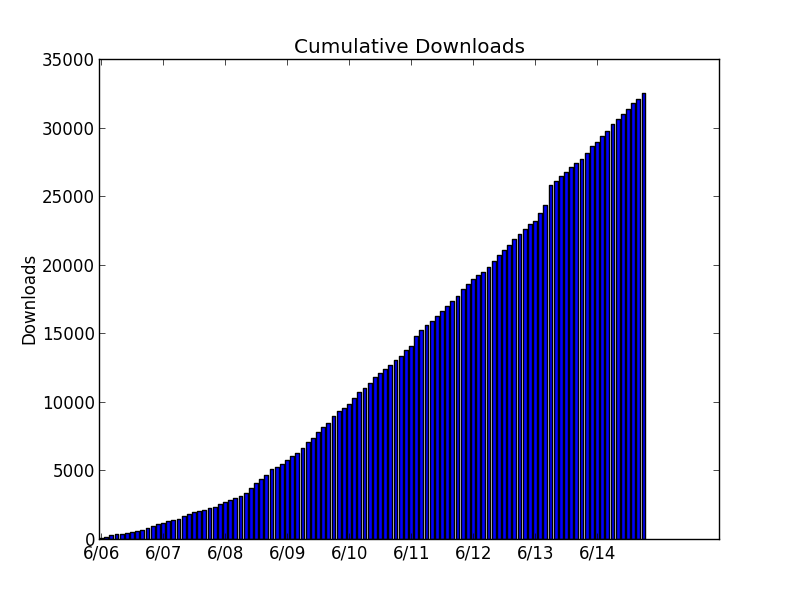
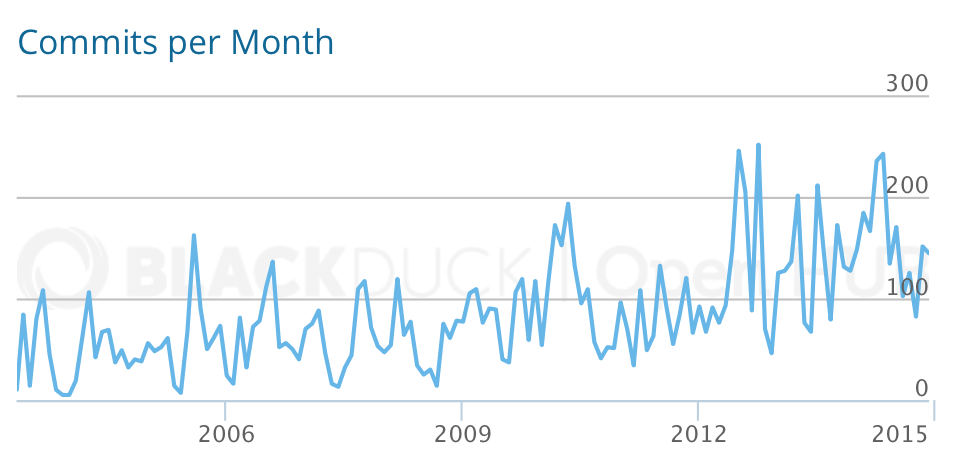
April 2, 2015 Links No comments
Yesterday (April 1, 2015) a group of computer scientists from UK (Neil Chue Hong, Tom Crick, Ian Gent, and Lars Kotthoff) announced a seminal paper Top Tips to Make Your Research Irreproducible.

Here are the tips that the authors share:
- Think “Big Picture”. People are interested in the science, not the dull experimental setup, so don’t describe it. If necessary, camouflage this absence with brief, high-level details of insignificant aspects of your methodology.
- Be abstract. Pseudo-code is a great way of communicating ideas quickly and clearly while giving readers no chance to understand the subtle implementation details (particularly the custom toolchains and manual interventions) that actually make it work.
- Short and sweet. Any limitations of your methods or proofs will be obvious to the careful reader, so there is no need to waste space on making them explicit\footnote. However much work it takes colleagues to fill in the gaps, you will still get the credit if you just say you have amazing experiments or proofs.
- The deficit model. You’re the expert in the domain, only you can define what algorithms and data to run experiments with. In the unhappy circumstance that your methods do not do well on community curated benchmarks, you should create your own bespoke benchmarks and use those (and preferably not make them available to others).
- Don’t share. Doing so only makes it easier for other people to scoop your research ideas, understand how your code actually works instead of why you say it does, or worst of all to understand that your code doesn’t actually work at all.
These tips will be undoubtedly embraced by all scientists trying to make their research irreproducible. The paper ends with an important conjecture:
We make a simple conjecture: an experiment that is irreproducible is exactly equivalent to an experiment that was never carried out at all. The happy consequences of this conjecture for experts in irreproducibility will be published elsewhere, with extremely impressive experimental support.